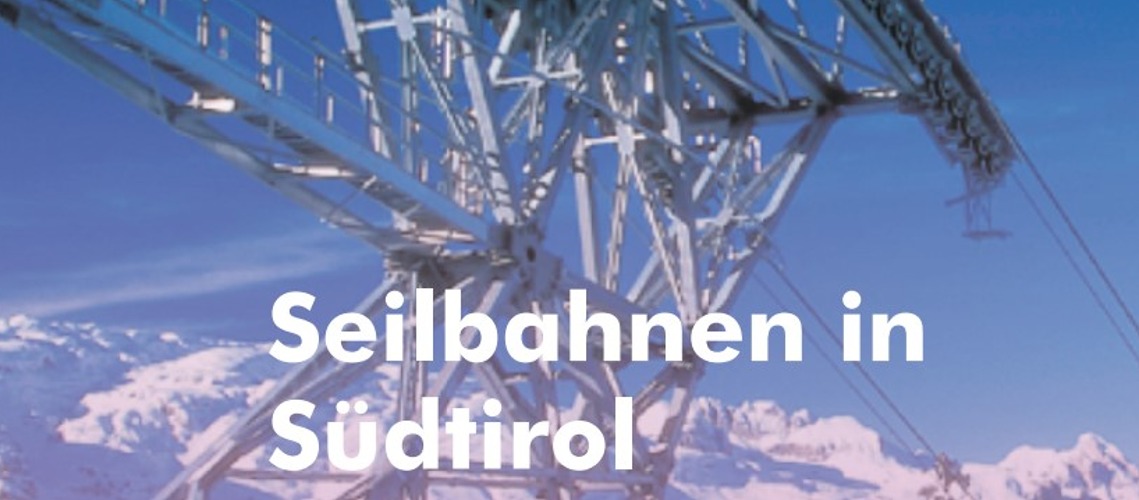State Office For Cable Cars And The ASTAT - In 2020 There Were 357 Lifts In South Tyrol

The new brochure from the State Office for Cable Cars and the ASTAT provides data on the development of the cable car industry in South Tyrol in the past few years up to 2020. In 2020 there were 357 systems in South Tyrol.
Last year, the 357 cable cars active in South Tyrol achieved a combined transport capacity of 545,741 people per hour. With three systems, this means an increase in delivery capacity of 1.5 percent compared to the previous year, less than in 2019. The delivery rate has increased by 7.6 percent over the past ten years.
Mobility Councilor Daniel Alfreider emphasizes the importance of the sector for the entire local economy: "The winter season 2020/21 has been canceled due to the pandemic. This year we have done everything to enable the lift to operate with specific safety rules and some restrictions." The Provincial Council is satisfied that "after intervention at the national level and thanks to the cooperation with the cable car association, the season has started". Together with the operators and all those involved in the mobility and sanitary sector, they have prepared as best as possible for the winter season. "Some operators have also invested in the automatic digital verification of the Green Pass requirement. This digitization push is an important step for the future and also offers a certain guarantee for the next weeks and months, "says Alfreider:" How the pandemic situation develops in the next few weeks depends on all of us. I hope we can get through this winter as safely as possible. "
Fewer people transported due to the pandemic in winter 2019/20, before even more day trippers and commuters
The number of people transported by the cable car systems decreased significantly (-12.2 percent) in the 2019/20 winter season compared to the previous year due to the Covid pandemic and the subsequent early closure of the systems (March 9, 2020) and has increased in value dropped from 118.1 million passengers carried. This corresponds to the level at the beginning of the millennium.
Before the pandemic, in the summer of 2019 - according to the study - the number of "pedestrians" (day trippers and commuters) who used the lifts between May and October rose by a further 6.0 percent compared to the previous year, also due to the good weather conditions . There has been an overall significant increase in the past few decades. In 1999 there were 3.6 million people transported, in the summer of 2019 it was almost three times as many (10.0 million).
Nine new plants built and twelve dismantled
In the course of 2020, nine new plants were built and twelve were dismantled. 16 plants were subjected to the general overhaul stipulated by law, and two plants were rebuilt. By introducing public subsidies for village lifts and small ski areas, it was possible to prevent individual systems from being abandoned and to advance the renewal of the systems.
These and other important data on the economic importance of the lift facilities and in comparison with the neighboring countries have now been published by the State Office for Cable Cars together with the State Statistics Institute ASTAT under the direction of Johann Zelger in a handy brochure.














